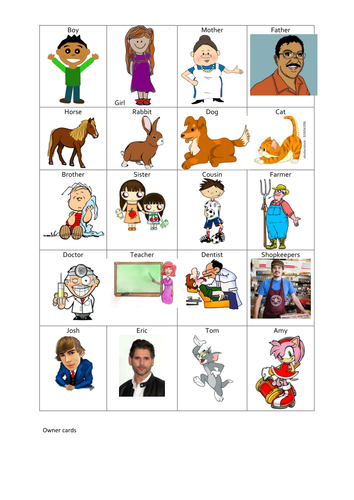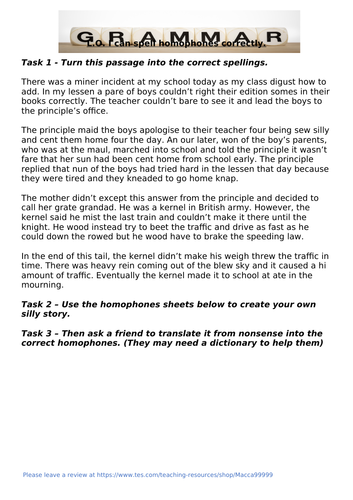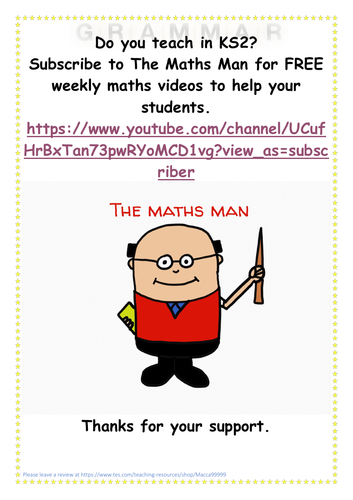The Maths Man
I am a fully qualified UK primary school teacher who is still teaching full time. I have experience teaching in all year groups in Key Stage 2. All resources that feature on my webpage have been handmade by myself to fit in line with the current English National Curriculum. I am most proud of my maths resources, hence the alias 'The Maths Man', and I welcome your feedback.










